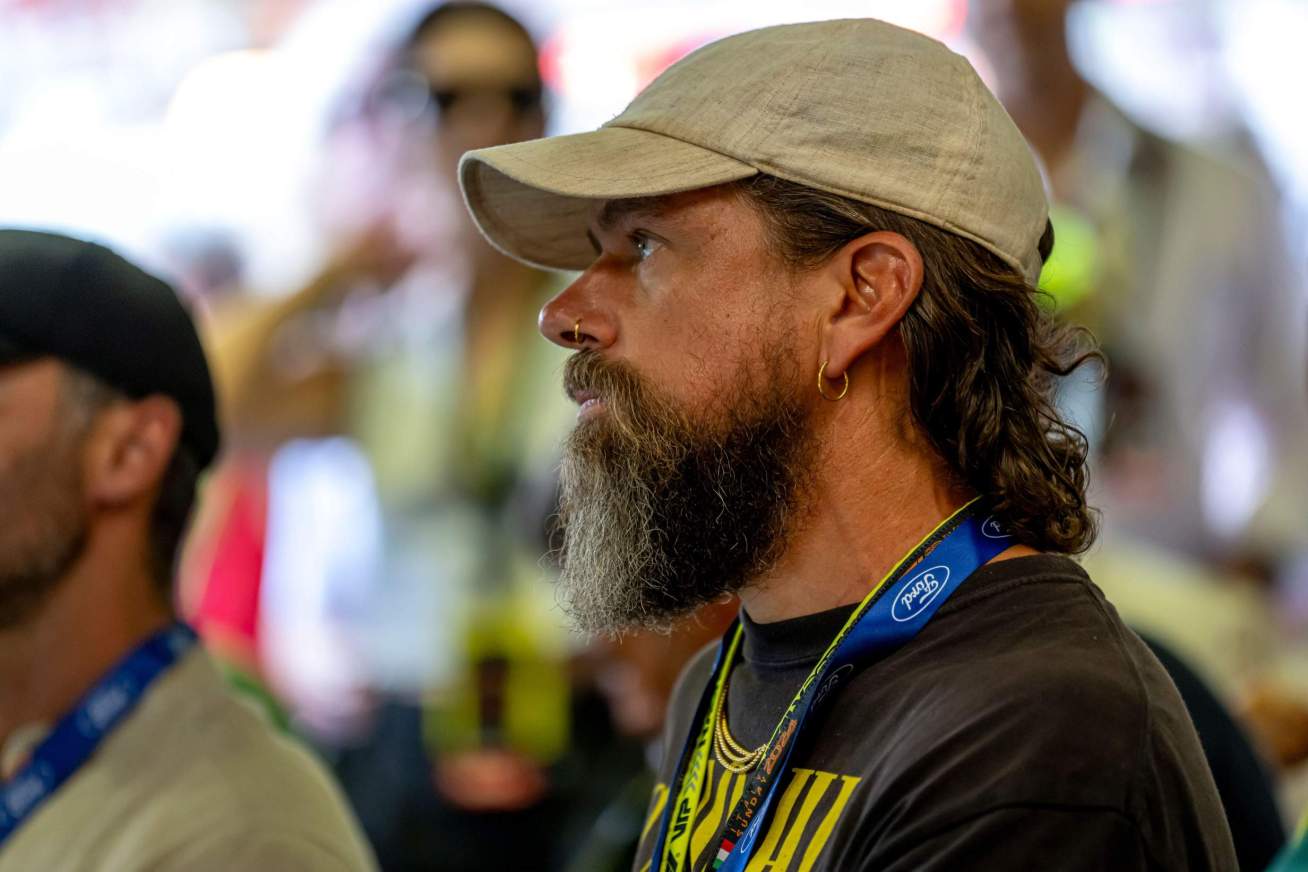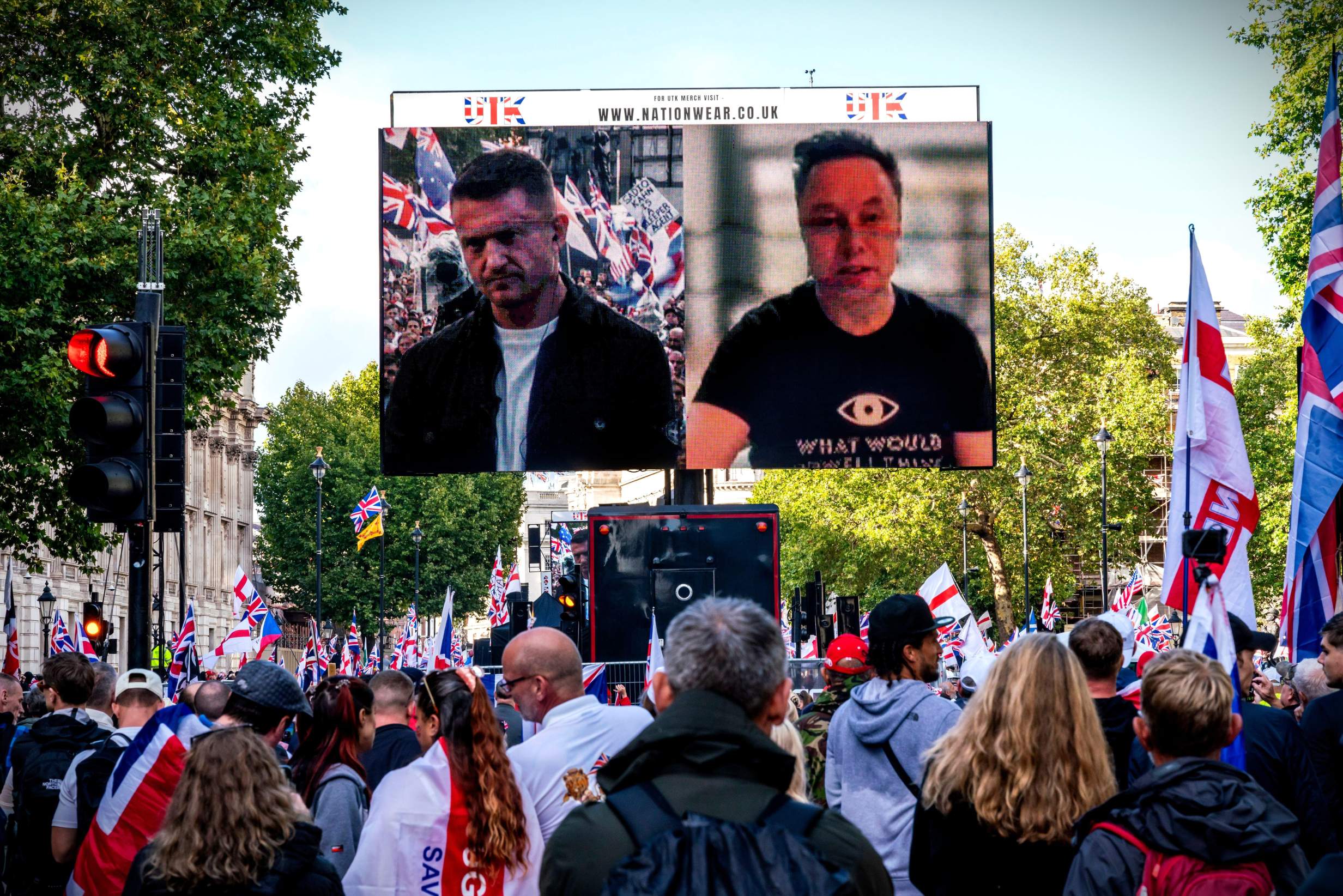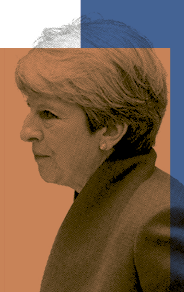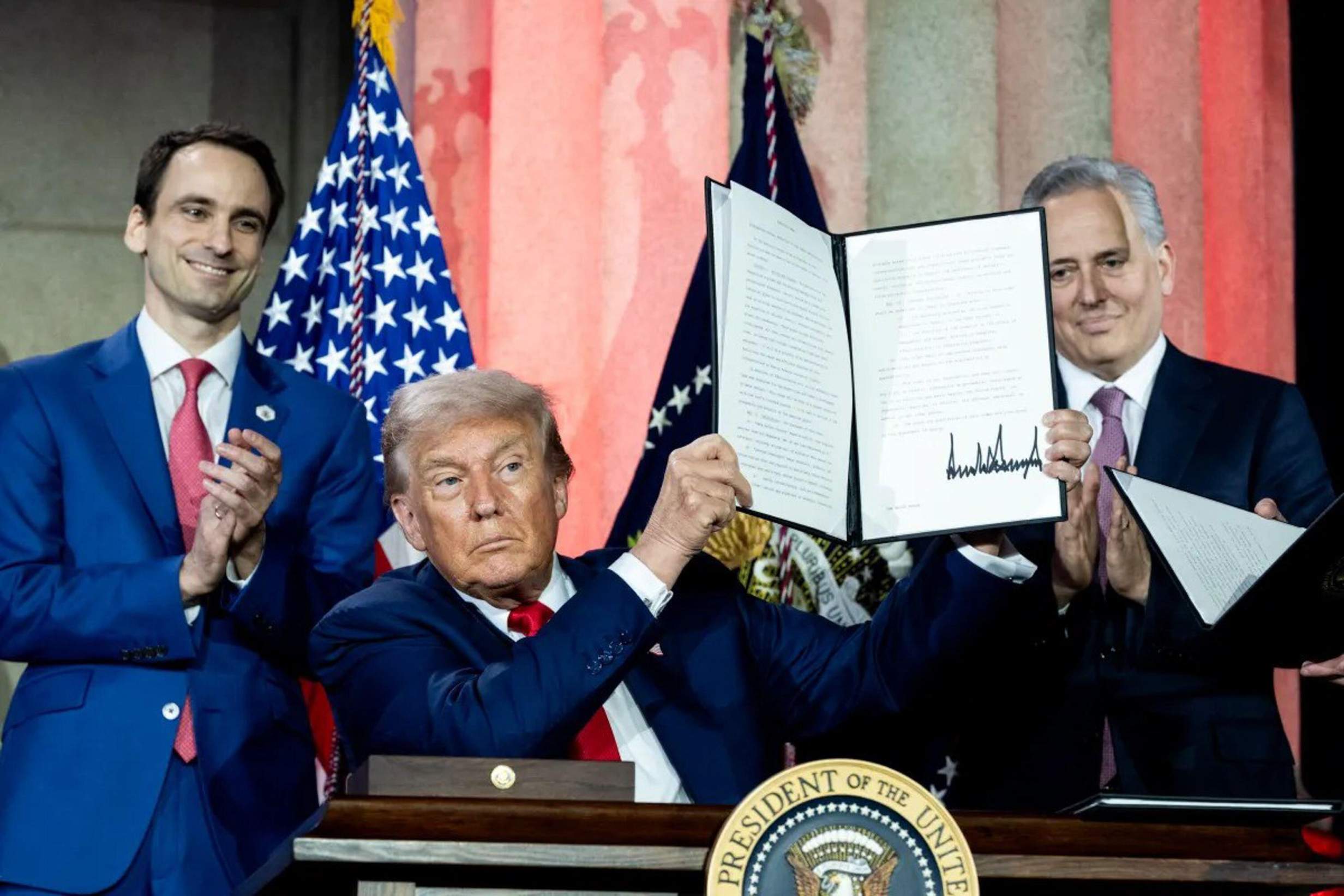
Read our Digital & Print Editions
And support our mission to provide fearless stories about and outside the media system
In early 2006, Jack Dorsey – a 29-year-old tech entrepreneur at a San Francisco podcasting company called Odeo (which was later renamed Obvious Corporation) – told his boss Evan Williams about a very simple idea.
The firm was struggling and employees needed a faster way to share information with each other online, so Jack suggested creating an SMS-like group platform where team members could quickly update each other in real time.
The green light was given and the side-project was duly developed.
The new system needed a name and Jack’s colleague, Noah Glass, suggested ‘Twitter’ because it neatly summed up the chattering nature of the application. The domain name, however, was taken so they removed the vowels and dubbed it ‘Twttr’ instead.
At 12.50pm on 21 March 2006, Dorsey posted what would become history’s first ‘tweet’. “Just setting up my twttr”, he wrote. Soon, Odeo employees were spending every spare moment exchanging humorous banter online.
Realising its wider market potential, in July 2006, Odeo launched the product to the waiting world. Michael Arrington, a journalist at Tech Crunch in California, observed that “people are using it to send messages like ‘cleaning my apartment’ and ‘hungry’”. But he also noticed a rather glaring privacy issue.
Everyone on Twttr had a public page, which meant that all their posts could be read by complete strangers. As Arrington mused in a classic case of ‘how wrong can you be’: “I imagine most users are not going to want to have all of their Twttr messages published on a public website.”
In fact, people did not mind one little bit – and, with the domain name ‘Twitter’ now purchased, the microblogging website soon took off.
The timing could not have been better.
The Good Old Days
Three months later, on 9 January 2007, Apple CEO Steve Jobs took to the stage at the Macworld Conference and Expo in San Francisco and declared that, as of “today, Apple is going to reinvent the phone”.
The new device would not just be a mobile but a media player too, and when the iPhone went on sale in June that year, it was nothing short of a revolution. Smartphones swiftly became ubiquitous and, as they did, Twitter and its rivals grew.
In 2005, just 5% of Americans were using some form of social media. By the start of 2010, the figure had spiralled to 65%. And just three years later, 75% of all Americans were looking up old friends on Facebook, or watching cats fall out of trees on YouTube, or arguing with complete strangers about the shape of the Earth on Twitter.
In fact, Twitter grew more slowly than its rivals – and there was a reason for that. The platform required concentration and practice. Users needed to distil their musings to a maximum 140 characters and there was a haiku-like art to writing the perfect tweet.
As such, it attracted a more discerning crowd.
A 2013 Pew Research study found that nearly half (45%) of Twitter users were between the ages of 18 and 29, and about the same number had a higher education qualification.
Research by Oxford University in 2016 found much the same result in the UK, where Twitter users tended to be younger, better paid, and better educated.
The site quickly developed a reputation for being the place where intelligent discourse happened and, in those very early years, it had a strong sense of community.
The introduction of the hashtag – # – as a means of filtering conversations in 2007 not only allowed people with common interests to find each other, but also served as an easy way to curate content. More importantly, it soon became apparent that it provided an outstanding source of breaking news.
When terrorists attacked the Taj Mahal Hotel in Mumbai in 2008, Twitter users in the city were reporting events live using the hashtag #Mumbai before the mainstream media knew what was happening.
Three years later, at around 1am in the morning on 2 May 2011, a Pakistani software engineer called Sohaib Athar was taking advantage of the lat- night quiet to do some work when helicopter blades started to whir above his home. Taking to Twitter to ask if anyone knew what was going on, he was further interrupted when a massive explosion rocked the area.
“A huge window shaking bang here in Abbottabad Cantt”, he tweeted. “I hope its not the start of something nasty”. Athar was unwittingly breaking news of the raid on Osama bin Laden’s compound that would result in the Saudi terrorist’s death.
The notion of citizen journalism was not new.
In the 16th and 17th Centuries, pamphleteers had used a novel technology known as ‘printing’ to distribute short-form reportage, political commentary, and propaganda. And, despite the arrival of mainstream newspapers in the 1800s, well into the late 20th Century radical, independent publications had continued the work. Twitter now took on that mantle but, due to its very nature, it did so on a hitherto unimaginable scale.
The app could be subversive too. Capable of puncturing the egos of despots big and small, it was a natural place for campaigners and activists to organise.
During the Arab Spring in 2011, in Ukraine in 2014, and during the Black Lives Matter protests of 2020, it demonstrated an ability to rally demonstrators, counter state narratives, and hold the powers that be to account. That was why so many dictatorships – including Iran, Russia, China, and Venezuela – would eventually ban it.
But Twitter wasn’t just about politics and breaking news. For some, it was a bit like an enormous virtual campus where you could wander from one interesting conversation to another. For others, it was just a place to hang out, exchange banter, and sit about in the vain hope that Justin Bieber might acknowledge their existence with a ‘like’.
Twitter, from the start, was chock full of famous people and what made it attractive to fans was that the barricades were down and you could potentially chat to your favourite actor, singer, or reality TV star.
On 17 April 2009, actor Ashton Kutcher became the first member of the Twitterati to gain a million followers and, as fellow celebrities took note, a whole galaxy of A-Z listers flocked to the site.
The new familiarity could breed contempt. Standing before their audience without PRs on hand, any number of famous people made career-wrecking choices.
In 2011, in a protracted series of posts by actor Charlie Sheen led to a very public meltdown (#winning) which ended with him getting fired from his hit show Two and a Half Men. He was one of the first, but very far from the last, celebrity to blow up their reputation online. A phalanx of famous names including Ye (formerly Kanye West), Roseanne Barr, Katie Hopkins, JK Rowling, and Graham Linehan were to follow.
As news corporations, politicians, and government agencies signed up to the site it became an ever-more important resource for information. The app was a buzzy political soapbox where lofty political egos could easily be punctured in its meritocratic atmosphere. As Twitter burgeoned, it not only made the news but began to exert huge influence on the wider political discourse.

Disinformation and the Arrival of Trump
Every ‘golden age’ is a fallacy, and Twitter’s halcyon era is no different.
The bluebird of 2010 was not some utopia where everyone was discussing Thucydides with Stephen Fry over cups of virtual latte. Trolls were a feature from the start and, as twitterstorms erupted and Twitter mobs descended, many a life was ruined.
Racism, homophobia, and misogyny were rife. A much-publicised campaign, led by journalist Caroline Criado-Perez in 2013, to reinstate prominent women on British banknotes resulted in her receiving death and rape threats – and she was ‘doxxed’ repeatedly.
Twitter took pride in providing a forum for ‘open conversation’ and, run as it was from offices in the United States where the First Amendment is sacred, it was slow to act.
The Criado-Perez incident was something of a turning point, however, and following the incident, the company introduced a ‘report tweet’ function and promised to be more pro-active in banning trolls. But, due to the sheer scale of the problem, it never really went away, and some users even built influence out of the hate.
Donald Trump was an early Twitter adopter, signing up in May 2009.
Like other celebrity users, @realDonaldTrump initially used the platform to promote himself, with the account run by his PR team. But, by 2010, he had taken control of the handle and, when not using it to chat to fans and fend off jokers, increasingly came to be the site’s troll-in-chief.
As his numbers swelled so did his influence. From 2011, he became a major exponent of the ‘birther movement’ – a conspiracy theory which claims that President Barack Obama was not born in the US and was thus an illegitimate president. It was baseless, but Trump didn’t care about truth and neither did his acolytes.
In April that year, the White House released Obama’s long-form birth certificate to counter Trump’s narrative – but doing so only gave the conspiracy theory legs. With news networks increasingly taking ‘content’ from Twitter, this sort of online discourse was soon bleeding into the mainstream.
As Fox News and its competitors feverishly reported events, Trump’s numbers grew. In 2011, his account hit the million-follower mark. By 2015, he had three million followers, and that same year, he launched his campaign to be president.
For all of Twitter’s merit as a news provider, Trump was demonstrating that it could also be a significant vector for disinformation.
Russian President Vladimir Putin’s propagandists knew that already – and the Kremlin’s engines of disinformation, both big and small, were already weaponising Twitter to poison the global political well. A coordinated army of thousands of Russian Twitter trolls were hired by the Russian state to promulgate discontent and hate by amplifying hashtags, controversy, and lies.
This had a role to play in the 2016 EU Referendum and US Presidential Election. Brexit’s backers and Donald Trump owe much to them – and the platform that enabled them.
Back in 2011, it was tempting for the clever people on Twitter to mock @realDonaldTrump, and many of us did. By 2016, few of us were laughing any more.
Hello Musk, Goodbye Twitter
I joined Twitter in 2010 at the behest of my friend, Paul Hurley, who told me that I would ‘love it because it’s right up your street’. He was right on both counts. I found my home in the corner inhabited by British political obsessives and quickly found my voice. From there things took off.
Back then, I was blogging, writing a bit of comedy, and doing a day job which involved a lot of wandering about, and Twitter was a perfect accompaniment to my day. I also discovered that it was an excellent platform for my work and, as I embarked on my 15-year, Star Trekish journey through this online space I encountered many adventures along the way.
Lowlights include the time I was so up to my knees in a row with Dominic Cummings that I completely missed my neighbour’s leaving drinks, and the one when I informed ‘Britain’s Strictest headteacher’ that she had inadvertently painted lines from a Budweiser beer ad on the walls of her school and ascribed them to Winston Churchill.
All the while Twitter evolved.
In 2012, videos were introduced. In 2017, the character limit was increased to 280, much to the disquiet of purists. As the ‘culture wars’ played out, the platform increasingly resembled a virtual battlefield where the different sides slogged it out for supremacy.
Sometimes, things got very nasty indeed. As time went on, Twitter increasingly dished out lifetime bans. The far-right criminal Stephen Yaxley-Lennon (‘Tommy Robinson’) was removed for hateful content in 2018, and commentator Katie Hopkins two years later for the same offence.
When Trump used Twitter to try to orchestrate the January 6 insurrection at the US Capitol, his account was suspended too, and in the months that followed, Twitter very briefly felt as if it was a functional place again.
It didn’t last.
Elon Musk had joined Twitter in 2009 and, for much of the next decade, he didn’t do anything particularly noteworthy. That changed when, in 2018, the US Securities and Exchange Commission fined the tech billionaire $20 million after he claimed, on Twitter, that he had secured funding to take Tesla private at $420 a share – leading to a massive uptick in the share value of the firm.
The following year, Vernon Unsworth, a British cave diver who was trying to save a group of Thai schoolboys trapped in a cave, sued Musk after he called Unsworth ‘pedo guy’ for rejecting his help. Musk won the case, but his ever more erratic tweets hinted at an increasingly chaotic individual – and the nightmare to come.
Chaos can be good for some companies. Twitter’s growth had begun to stagnate in 2015 but the political upheaval of the following year and @realDonaldTrump’s presidency changed its fortunes for the better.
Advertisers subsequently flocked to the site and, in the fourth quarter of 2017, the firm reported a profit for the first time. It was that same year that Musk first expressed an interest in buying it.
Five years later, in October 2022, after protracted negotiations, Musk finally acquired the company for a whopping $44 billion.
Carrying a kitchen sink into its San Francisco offices, he declared that he was going to turn the site into the ‘world’s town square’ and make it a bastion of ‘free speech’ and integrity. It need hardly be pointed out that, in many respects, Twitter was already both of those things.
But, not to be deterred, Musk also promised to clean up spam bots and fake accounts and make the site a better experience for all, tweeting that he was not buying it “to make more money” but in order “to try to help humanity, whom I love”.
Having laid out his stall, Musk set about destroying the site.
He stripped Twitter of staff, safeguards, integrity, its name, its purpose, and its remaining sanity. Having shed advertisers like confetti at an Independence Day parade, he shredded the rechristened ‘X’s’ credibility further by stripping blue ticks from prominent accounts and selling them to trolls instead.
Reinstating the accounts of Tommy Robinson, Katie Hopkins, and Donald Trump (among others), he then set about actively promoting the far-right at home and abroad while actively using his platform to assist the re-election of Donald Trump and political turmoil in Europe.
Some have characterised Musk as an idiot jester, but it’s reasonable to conclude that he knew exactly what he was doing. Once upon a time, millionaires bought newspapers to extend their influence in the public sphere. Nowadays, the majority of the mainstream newspapers that survive are dodos on the brink of extinction and X has replaced them all.
Even as it plays out there are major media companies, governments, and public figures carrying on as normal. Turning blinkered eyes to it all and pretending to themselves that it will all get better. It won’t.
The chat-room app, devised by twentysomething nerds some 20 years ago has morphed into a mighty disinformation monster while one of the world’s richest men lords over it.
The Twitter many of us joined is dead and, while X is not yet, it should be.


